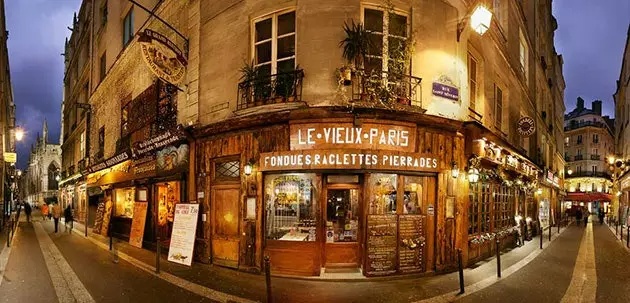
The Latin Quarter: a magnet for writers
The list could be endless, but we have selected ten of the most representative houses of writers in Paris in a tour of several centuries, styles and adventures.
Carnavalet Museum:
It so happens that what is now the Paris history museum was also the home of one of her best chroniclers, Madame de Sevigné, who spent the last twenty years of her life there. Almost involuntary chronicler, moreover, because the Marquise de Sevigné fundamentally intended to amuse her daughter with the letters in which she recounted all the ins and outs and gossip of the court of Louis XIV, illuminating the story of her time with more grace than the official narrators. You can still find objects of the marquise and some of her most famous paintings that portray her, although the visit to the Carnavalet is one of the most recommended in the city regardless of who lived in its beautiful halls.
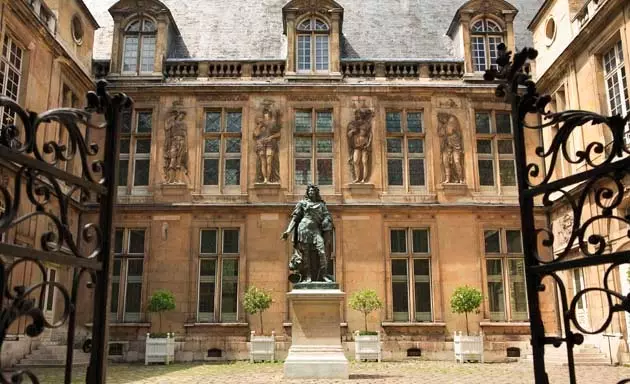
Carnavalet Museum
House of Balzac:
In the Passy neighborhood we find a small house with a garden and a gate that takes us directly to the 19th century. Balzac settled here in 1840 when the area was still a small town, before the annexation to Paris. The visit is a joy for fans of fat mustachioed : the garden is practically the same one through which the writer walked in his monk's habit, and the building houses letters, originals, drawings and relics such as the jeweled cane or the desk on which he composed all his work (of abundant that would make the laziest writers blush) with the help of liters of coffee.
For admirers of that monumental fresco of its time, The Human Comedy, typographical plates are exhibited with the drawings of the characters of the novels that compose it, from Papa Goriot to Eugenia Grandet, including the less famous, all with their genealogy carefully explained and even with noble coats of arms. Let the charm of the house not deceive us: Balzac did not swim in abundance and during the seven years he lived here he lived in five rented rooms (the rest of the building had other tenants). Tradition says that in fact to escape his creditors, that constant in the lives of classical writers, he very often used the back entrance of the property that faced Berton Street. It is worth emulating his footsteps because the street miraculously remains cobbled and almost rural as in Balzac's time.
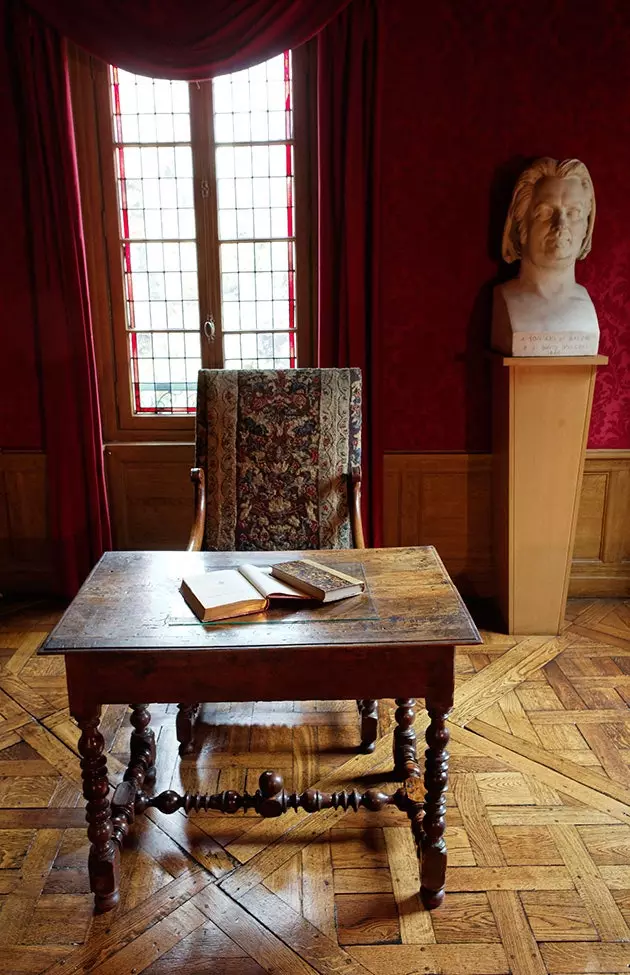
Balzac's house
Museum of Romantic Life:
This museum is tricky because despite being dedicated to George Sand (one of the many writers who had to give herself a masculine name to publish) it was never her home (you had to go to the Nohant Castle or even the Valldemosa Charterhouse, the setting of a winter retreat with Chopin). The beautiful building belonged to Ary Sheffer, a painter from the early 19th century who shared his rooms and his hospitality with the writer and with some of the most important painters, writers and musicians of his time. Today is a perfect visit for in love with the time, with furniture, memories of the writer, thematic exhibitions and a garden one of those where you get lost in romantic or even neoclassical daydreams.
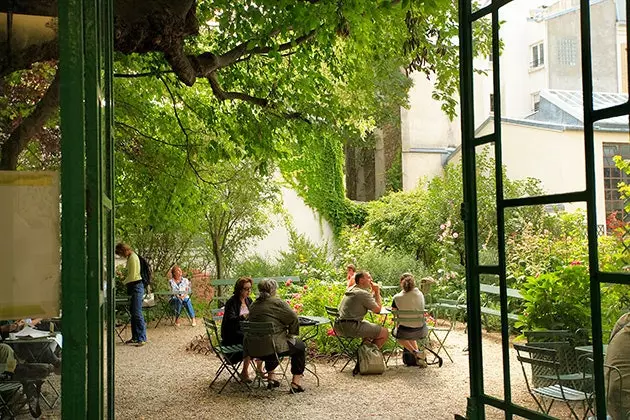
The garden of the Museum of Romantic Life
House of Victor Hugo in Place des Vosges:
The most regal square in the Marais it houses the house-museum of one of the most famous names of the 19th century. The writer moved to the second floor of the Hôtel de Rohan-Guéménée in what was then still Place Royale, and here he began to write –among other works- Les Miserables. The visit to the house is full of original furniture, first editions of his works and decorations that show the influence of Orientalism in Europe at the end of the 19th century. When you keep in mind that the museum was opened in 1903, less than 20 years after the death of Victor Hugo, you understand that he was more than a writer for the French, he was an extremely popular symbol and pride of national identity.
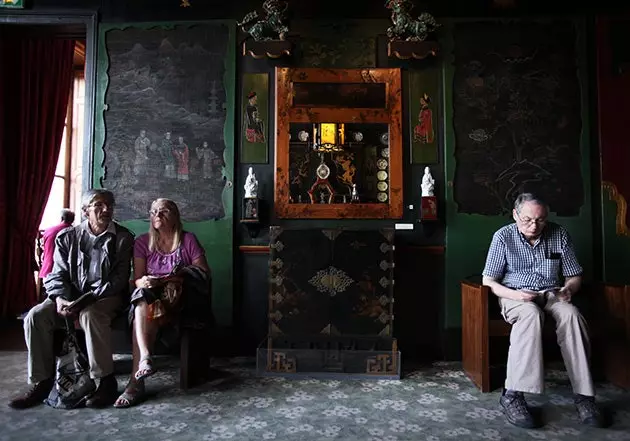
Victor Hugo's house
We are entering the 20th century and the first generation of non-French writers who went to Paris because it was the place to be. The lost generation made the city their testing ground, they were the first fetishists to make a pilgrimage to it and marked the path, perhaps without knowing it, of many writers who in the future would travel there to emulate their trajectories. This is a route that does not go through house-museums, but plaques on buildings that remind us that in the past they were the home of a genius. You have to throw a little imagination to complete the experience.
Gertrude Stein's house at 27 rue de Fleurus:
This is one of those capital addresses in the artistic world of the 20th century. In the manner of the gathering rooms of the time of Louis XIV, Gertrude Stein gathered around her a pleiad of painters, writers and artists whom she protected and encouraged. Stein and her partner Alice B. Toklas (who entertained the artists' wives, always perfectly separated and relegated to another room) were the common link in the gestation of one of the most effervescent cultural scenes in history. If any anonymous apartment in the city cries out to be converted into a museum, with works by Picasso, Matisse and Braque on the walls, this should be it.
Hemingway's house at 74 Rue du Cardinal Lemoine:
"We were very poor and happy," is how Hemingway describes the days he spent during the 1920s in Paris with his first wife and his newborn son. Paris was a party that did almost as much for the city in the United States as Fiesta would for the Sanfermines, and since then generations of readers **visit Shakespeare & co (the location of the original bookstore and the new, very touristy one)**, the bars in which he wrote and raised his elbow and make a pilgrimage to his portal, because Hemingway was a writer but above all a character and a legend: an adventurer, drinker and hunter overflowing with testosterone old school that seemed to have been ripped from the pages of one of his novels.
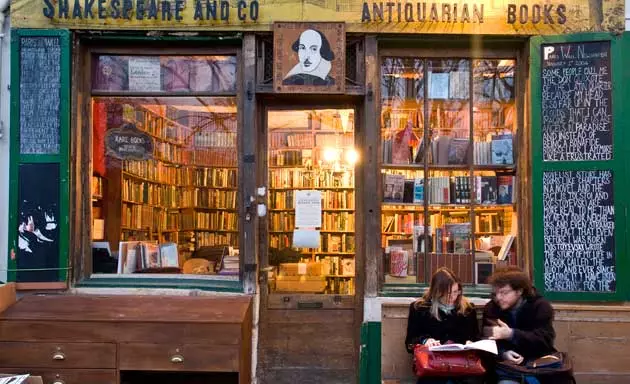
Shakespeare & Co Bookstore
Cortázar's house at 4 Rue Martel:
The most French of Argentine writers managed to create his own vision of the city, one of those that enchant thousands of readers and deserve their own personalized itinerary. His apartment (a flat with a cat, which made it a real home) ** was a center of pilgrimage for young writers and fans from all over the world, and today you can follow ** a Hopscotch route that runs through the places of fiction and writer's real life , following Horacio Oliveira, la Maga and Cortázar through the streets of the city to the Montparnasse cemetery. Rarely have a writer and a city been so inextricably linked.
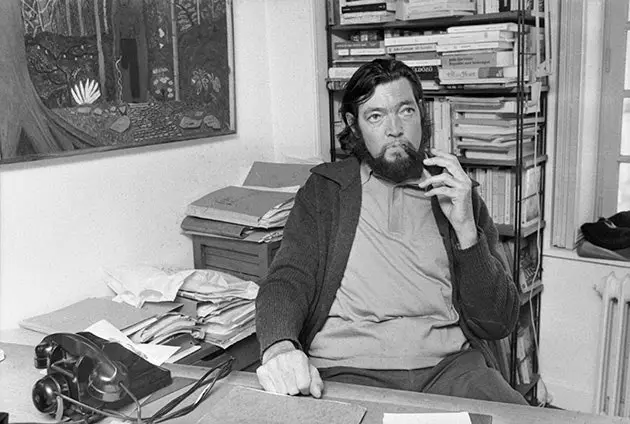
Cortázar at his home in Paris
The house of Marguerite Duras (and Vila Matas) at 5 Saint Benoit:
Another of those essential addresses of the century, 5 Rue de Saint Benoit was the home of Marguerite Duras since the 1940s and a meeting point for the French communist and Saint-Germain intellectuals. Philosophers, writers and filmmakers gathered around her to smoke and discuss for hours , constructing the image of modernity and post world war Frenchy intelligentsia that we all have in mind.
In one of those coincidences that the History route likes so much, Marguerite Duras ended up being the landlady of Enrique Vila Matas when he moved to Paris in the 70s . There she wrote The Illustrated Assassin, tried to follow in the footsteps of Hemingway and devoted herself to meeting living myths that deeply impressed her and whom she deeply wanted to impress. With much irony, she mixed memories and inventions in Paris never ends, capturing very well that very Parisian idea that “everything has always been better before” , and that already in the Paris of the 20s there was nostalgia for the Belle Epoque (something that Woody Allen magnificently told in Midnight in Paris) . And how could it be otherwise, today it is also possible to follow the route of Vila Matas in Paris, which is fundamentally a pilgrimage through the places where other writers suffered, enjoyed and wrote before him.
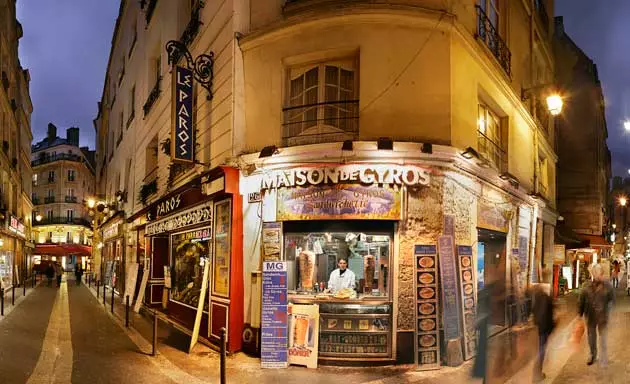
The always bustling Latin Quarter
Vargas Llosa's apartment at 17 Rue Tournon:
Vargas Llosa's first home after visiting various hotels (such as the Hotel Wetter) was a small flat in Tournon street , next to the Pantheon. Here he would finish several of his early works and, as he himself says, he would become a writer. Victim also in his day of the spell of the city (and victim of a promised scholarship that in the end he did not obtain) and yet another admirer of the temples of famous writers, today ** Vargas Llosa has his own route through the Saint Sulpice neighborhood ** , which evokes a time (the end of the fifties and the beginning of the sixties) in which it was easy to meet leading cultural icons on the streets.
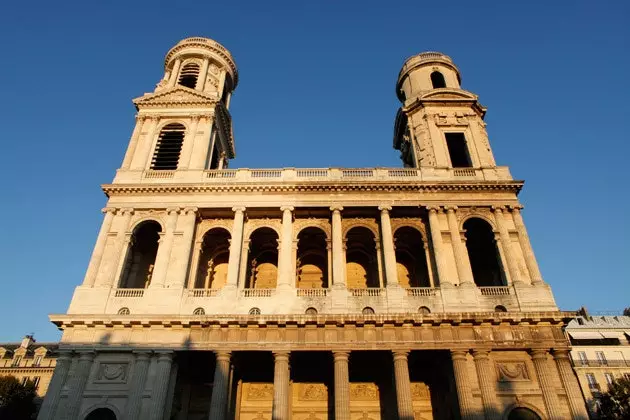
Saint-Sulpice
The Fitzgerald house at 58 rue de Vaugirard:
Another epitome of the lost generation who lived not poor but surely very hectic just a stone's throw from the Luxembourg gardens. His first home in the city, in 1925, as elegant and comfortable as this one, was in 14 rue de Tilstitt, where they already had some of the legendary fights in which Zelda reproached Scott for the small size of his penis, for which he, contrite and worried, turned to Hemingway's opinion, who reassured him by telling him that his penis was a perfectly normal size and that his wife was a bitch . These are the kind of episodes that should be recalled when walking through these streets. They may have been just a writers invention, but they enrich any visit.
*** You may also be interested in...**
- Paris, the home of the muses - The Paris of Vargas Llosa - 100 things about Paris you should know - Everything was a party: the Paris of Hemingway
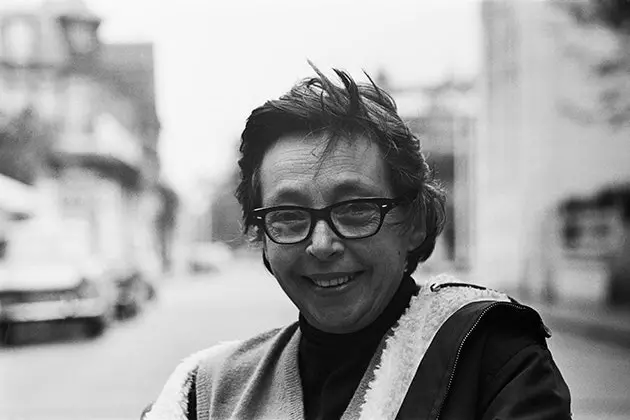
Marguerite Duras on May 12, 1966
